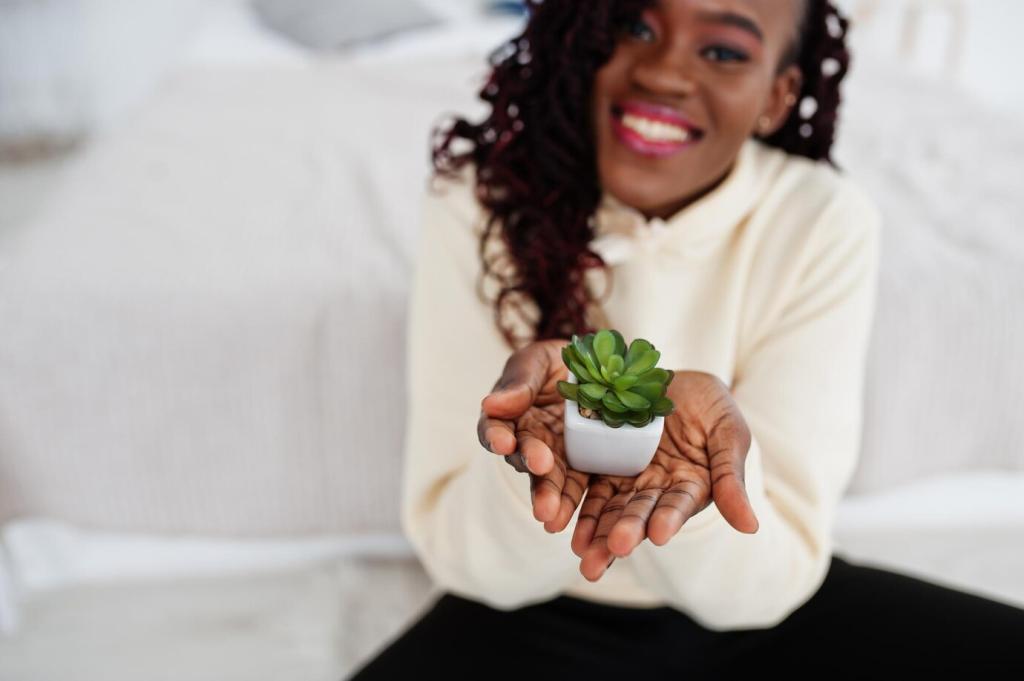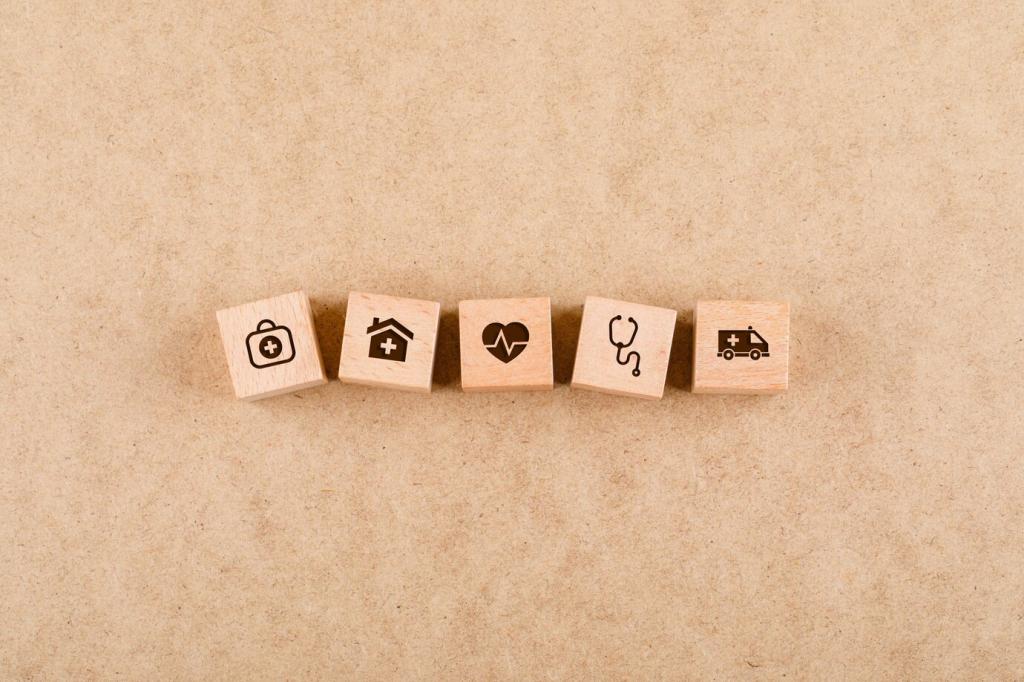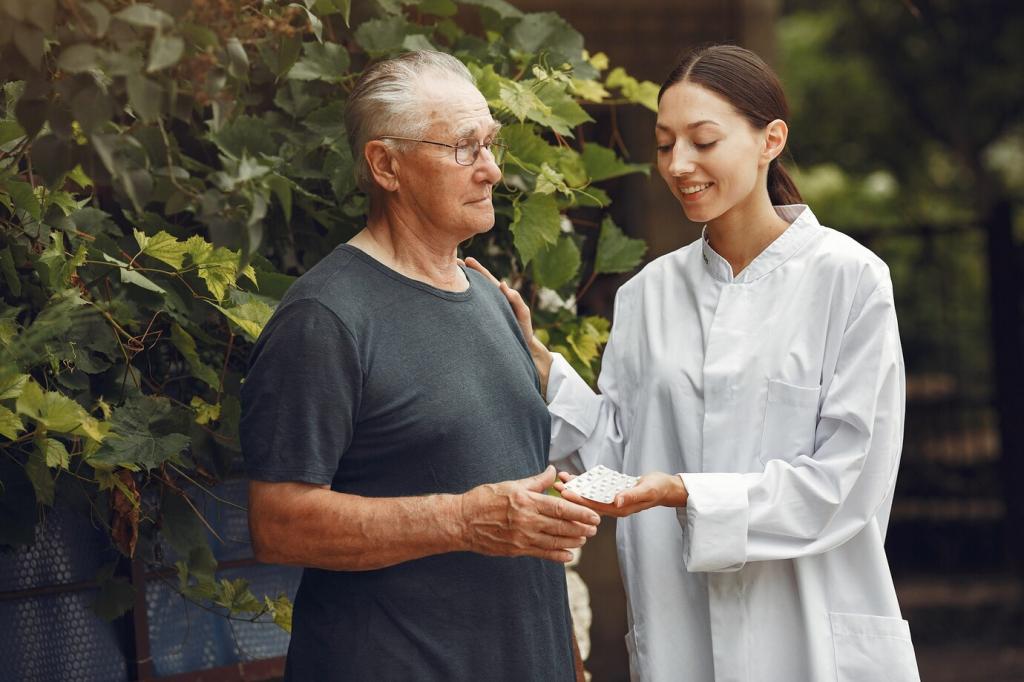Baking Soda Hacks for Stain Removal
Why Baking Soda Works: The Simple Science
Baking soda’s pH hovers around 8–9, making it a mild alkali that helps loosen oils, proteins, and acidic residues. This gentle lift helps stains release without harsh chemicals. Ask questions below if you’re curious about pH and fabrics.
Sweat Stains on Whites and Lights
Make a paste with baking soda and cool water, massage into underarms or collars, and let it sit 30 minutes before washing. The alkali helps break down sweat acids. Comment with your soak time sweet spot for tough tees.
Berry and Red Wine Emergencies
Blot, don’t rub. Sprinkle baking soda, then drizzle a little cold water to create a gentle lift. Let the paste rest, rinse, and launder. Tell us your quickest save story—timing is everything with grape and berry splashes.
Grease Marks on T-Shirts and Aprons
Dust baking soda over fresh grease to absorb oils, then follow with a mild dish soap spot-treatment. Rinse and wash warm. Share your favorite dish soap pairing to help others fine-tune their laundry toolkit.

Carpet and Upholstery Rescue with Baking Soda
Fresh Spills: The First Response
Blot moisture, never rub. Cover the damp area with baking soda and let it absorb for 15–30 minutes. Vacuum thoroughly. Post your vacuuming technique—slow passes are surprisingly more effective than quick sweeps.
Pet Accidents and Persistent Odors
Remove solids, blot liquids, then apply baking soda generously to neutralize odor-causing compounds. After drying, vacuum and, if needed, repeat. Share your pet rescue wins and help fellow readers restore living room dignity.
Coffee and Tea on Upholstery
Blot, apply a thin baking soda paste, wait, then lift with a barely damp cloth. Repeat lightly to avoid soaking. Comment if microfiber or linen behaves differently for you—we’ll update tips with community wisdom.


Grout Brightening Without Bleach
Spread a baking soda paste into grout lines, spritz lightly with water, and scrub with a toothbrush. Wipe clean and dry. Tell us your favorite brush type—soft or firm—for the most satisfying before-and-after.

Burnt-On Food in Stainless Pans
Simmer water to loosen residue, cool slightly, sprinkle baking soda, and gently scrub. The mild abrasion helps release stains without scratching. If you tried soaking overnight, share your results for tough caramelization.



Delicates, Dyes, and Safety Tips
Test an inconspicuous spot with a tiny bit of paste and water. Wait, rinse, and dry to check colorfastness. Report your findings—silk, wool, and rayon can be sensitive and appreciate extra caution.
Skip natural stone like marble and avoid prolonged contact with aluminum; abrasiveness and alkalinity can mar finishes. Share surfaces you’ve tested successfully so others can clean confidently without surprises.
Keep baking soda dry, labeled, and away from little hands. It’s low-tox, but still not for tasting. Comment with your favorite labeled container or spoon measure to make stain response quick and stress-free.

The First Five Minutes
Blot to lift excess, sprinkle baking soda on damp areas to absorb, and resist rubbing. Set a timer to reassess in ten minutes. Share your quick-draw kit—do you keep a mini jar in the laundry room?

When a Stain Has Dried
Gently brush off residue, rehydrate with a light mist of water, then apply a fresh baking soda paste. Let it sit longer than for fresh stains. Comment if a warm compress helped you revive stubborn marks.

Anecdote: The Berry Panic
A reader named Maya spilled berry smoothie on linen shorts before a meeting. She blotted fast, packed on baking soda, waited, and rinsed. Stain lifted, crisis dodged. Share your save stories to inspire quick, calm action.
Smart Combos, Myths, and Mistakes to Avoid
The fizz is fun, but it mainly neutralizes both. Use baking soda first to lift, rinse, then try vinegar separately for mineral deposits. Never seal the mixture in containers. Share your sequence that actually worked.
Smart Combos, Myths, and Mistakes to Avoid
For white fabrics, a baking soda paste followed by a touch of 3% hydrogen peroxide can brighten organic stains. Patch-test, then rinse thoroughly. Tell us which whites—towels, tees, sheets—responded best for you.


